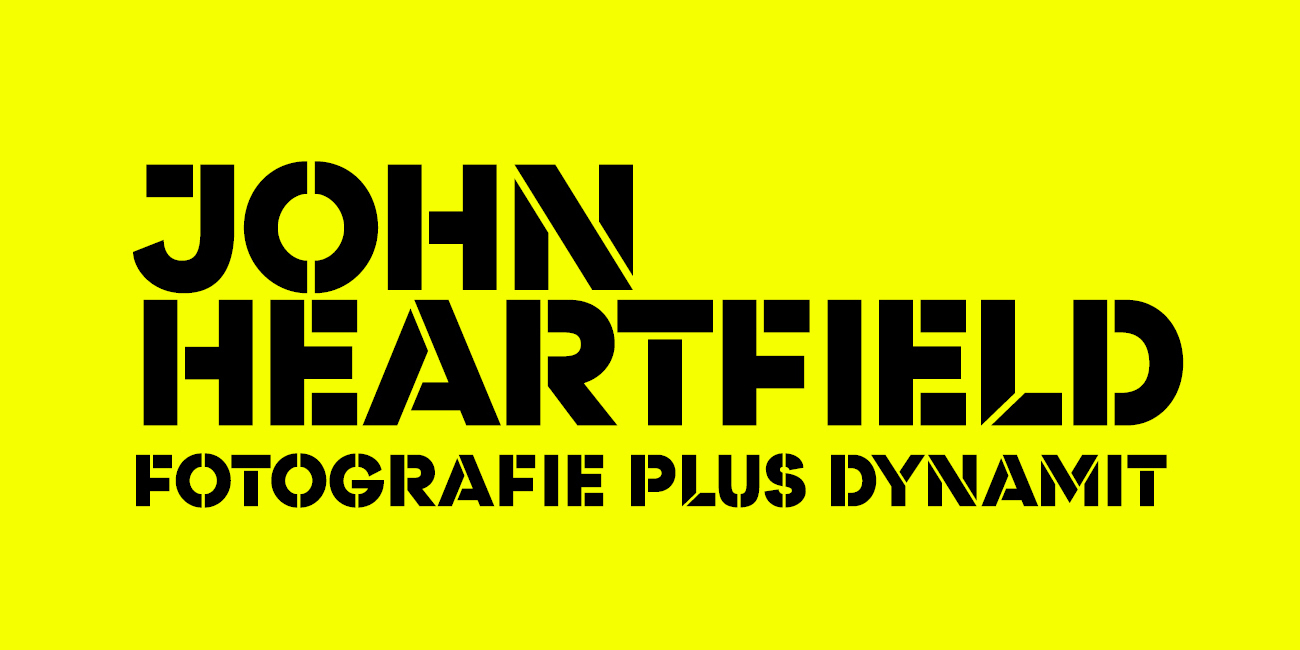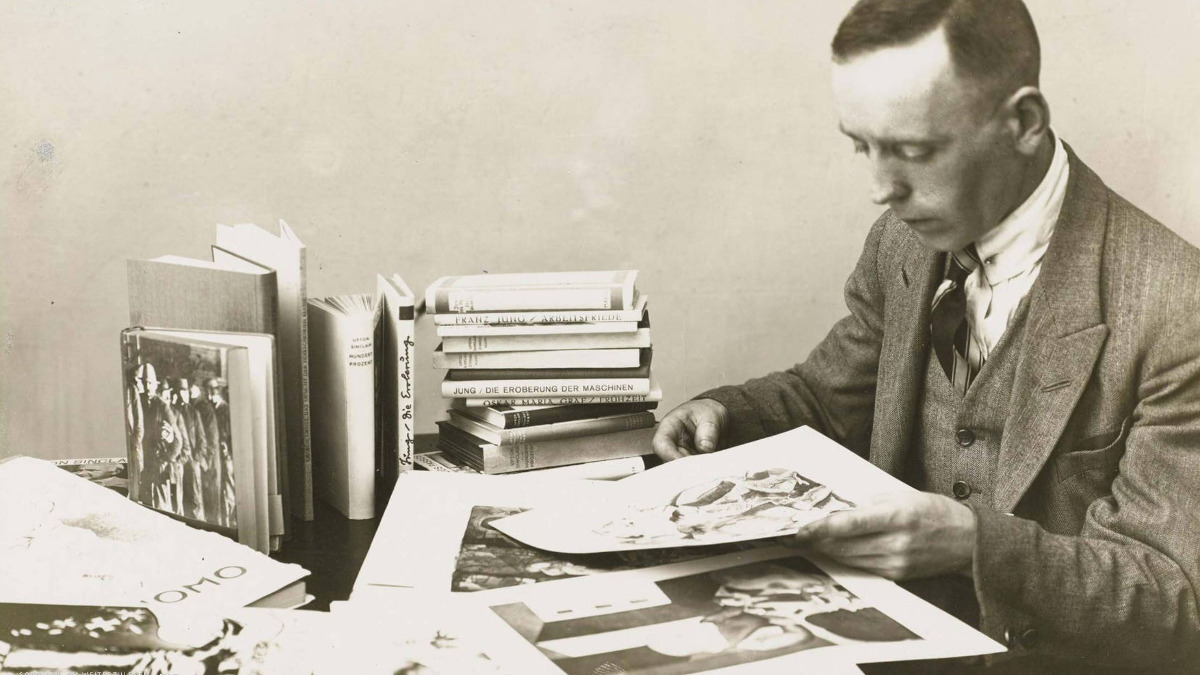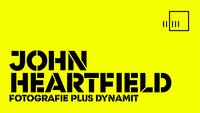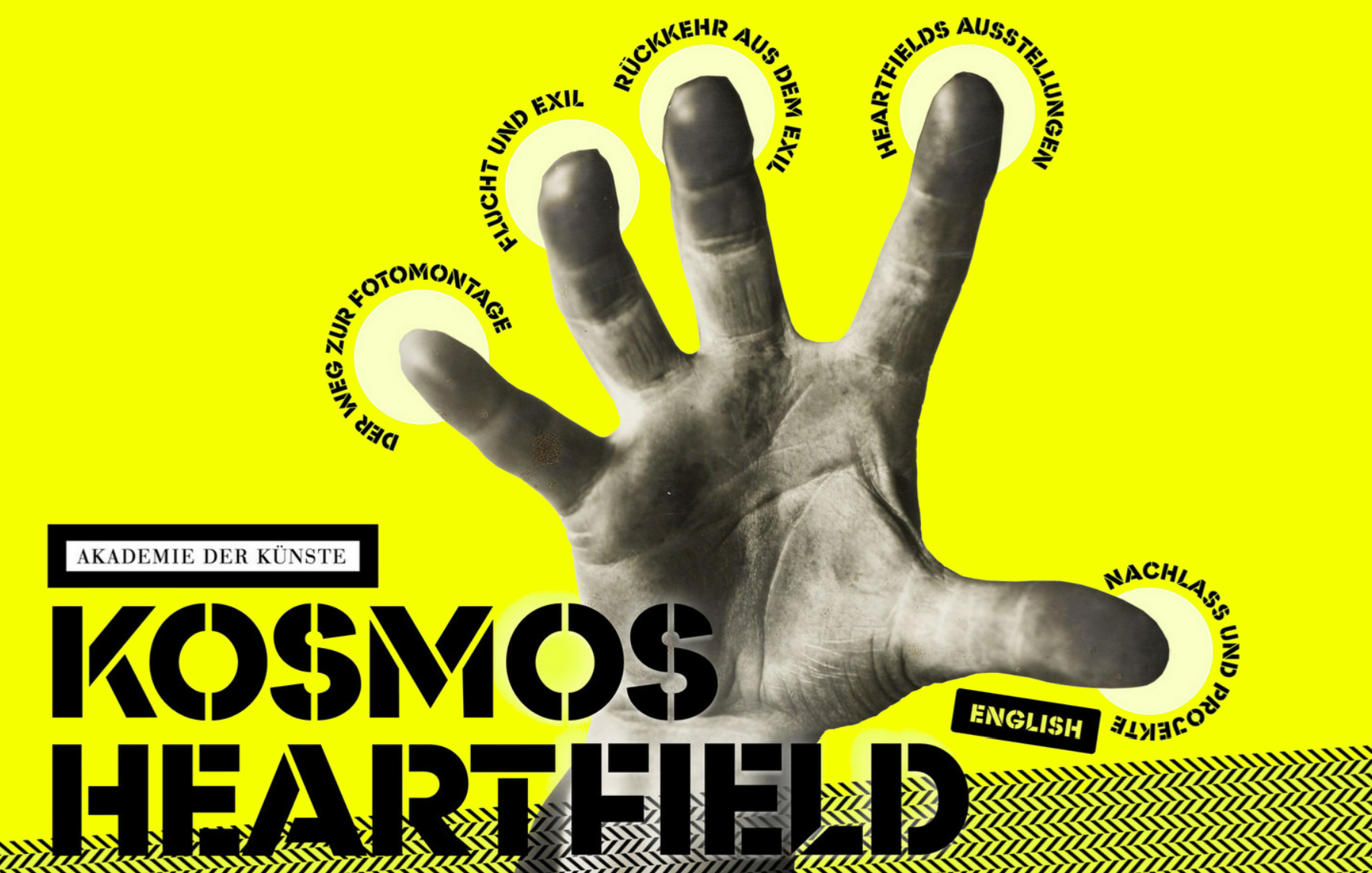The political upheavals of the twentieth century caused major disruptions in John Heartfield’s life and work. He was repeatedly forced to adapt to new working conditions and different political and ideological systems.
John Heartfield was born Hellmuth Franz Joseph Stolzenberg in Schmargendorf, near Berlin, on June 19, 1891. His mother was a textiles worker; his father, a socialist writer who went by the name of Franz Held (b. Herzfeld), came from a bourgeois Jewish family. John Heartfield grew up under difficult circumstances and his childhood was marked by displacement and loss.
In 1895 the family moved to Munich. His father was sent to prison for committing “blasphemy.” The family then moved to Switzerland. For reasons that are unclear, his parents abandoned their children in summer 1899. From then on, they grew up in different families in Austria and Germany.
In 1905 Heartfield began an apprenticeship as a bookseller in Wiesbaden and took painting and drawing lessons with Hermann Bouffier. He then studied at the Königliche Kunstgewerbeschule Munich. After completing his studies, Heartfield worked for the Gebrüder Bauer printers in Mannheim, producing advertising graphics. It was here that he designed his first book cover, for his father’s Selected Works.
In 1914 Heartfield entered military service but was discharged a year later on account of a simulated nervous condition. The same year he met George Grosz in Berlin. This marked the beginning of an intense friendship between the two artists. In response to the inflammatory call to go war “May God punish England!” Hellmuth Herzfeld changed his name to John Heartfield.
In 1917 his brother Wieland Herzfelde founded the Malik publishing house in Berlin. Together with George Grosz, Heartfield designed Malik’s corporate image as well as magazines and book covers. A year later he joined the German Communist Party (KPD), for which he designed posters, leaflets, and agitation material as well as the emblem of the Roter Frontkämpferbund—a far-left paramilitary organization.
In addition, Heartfield became one of the main protagonists of the Berlin Dada movement and participated in the First International Dada Fair in Berlin in 1920. During the 1920s he produced a variety of works for theaters and exhibitions. In 1930 he joined the staff of the Arbeiter-Illustrierte Zeitung (AIZ) newspaper. After an SA raid on his apartment, Heartfield fled to Prague in 1933 and continued his work for the AIZ and Malik. His time in Prague was one of the most fruitful in his creative life, but in 1938, faced with the threat of a German invasion, he was forced to flee again. He ended up in England where he spent twelve difficult years. Initially he was interned in camps as an “enemy alien” and not allowed to work or to be politically active. In the 1940s he was able to earn a regular income as a book designer for Lindsay Drummond publishers. In 1950, he returned to Germany—to the newly founded GDR—relatively late. There he was initially regarded with suspicion as an immigrant from the West and was denied membership of both the SED (Socialist Unity Party) and the East German Academy of Arts. Only when the political and cultural climate in the GDR changed following the death of Stalin was Heartfield rehabilitated by the Central Party Control Committee of the SED and elected a full member of the German Academy of Arts. In 1957 Heartfield moved to Berlin and subsequently had many exhibitions in East Berlin, Warsaw, Prague, Budapest, Rome, West Berlin, Münster, Frankfurt am Main, and Stockholm. He died on April 26, 1968.





